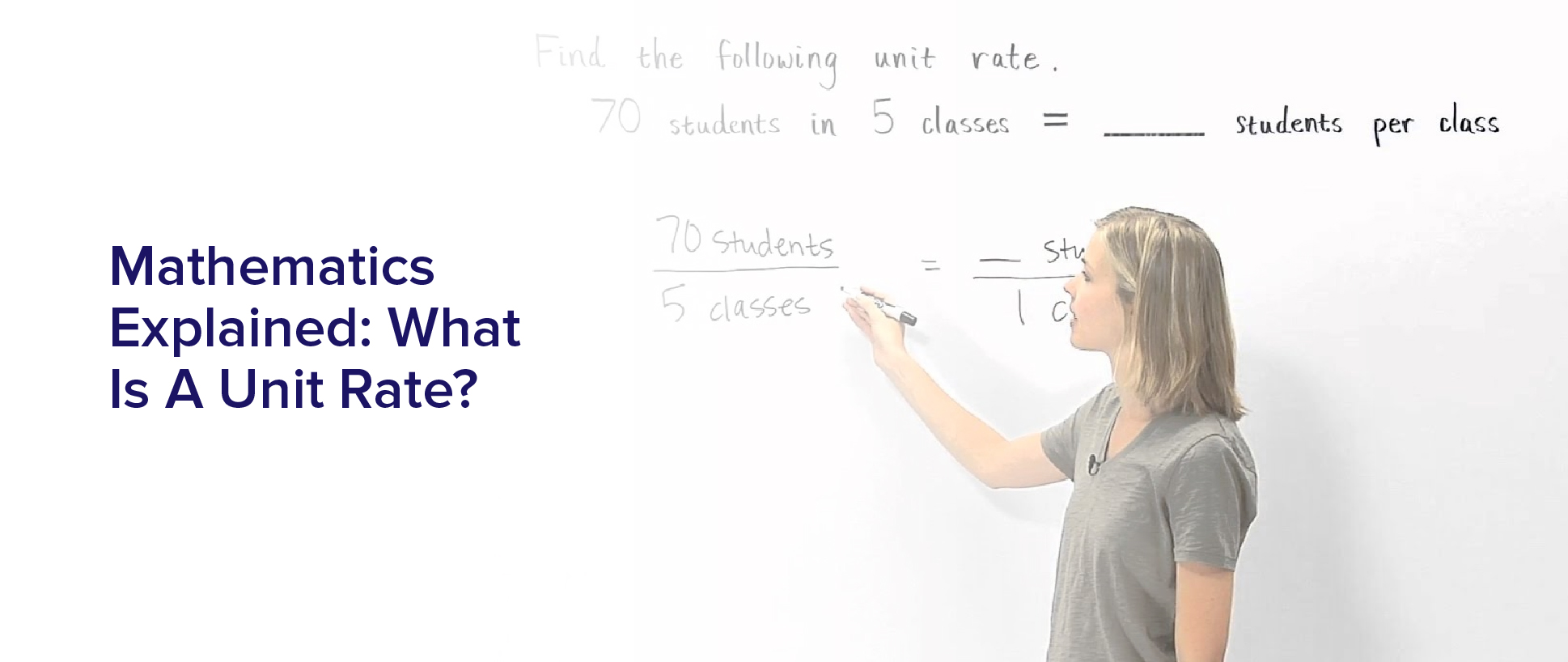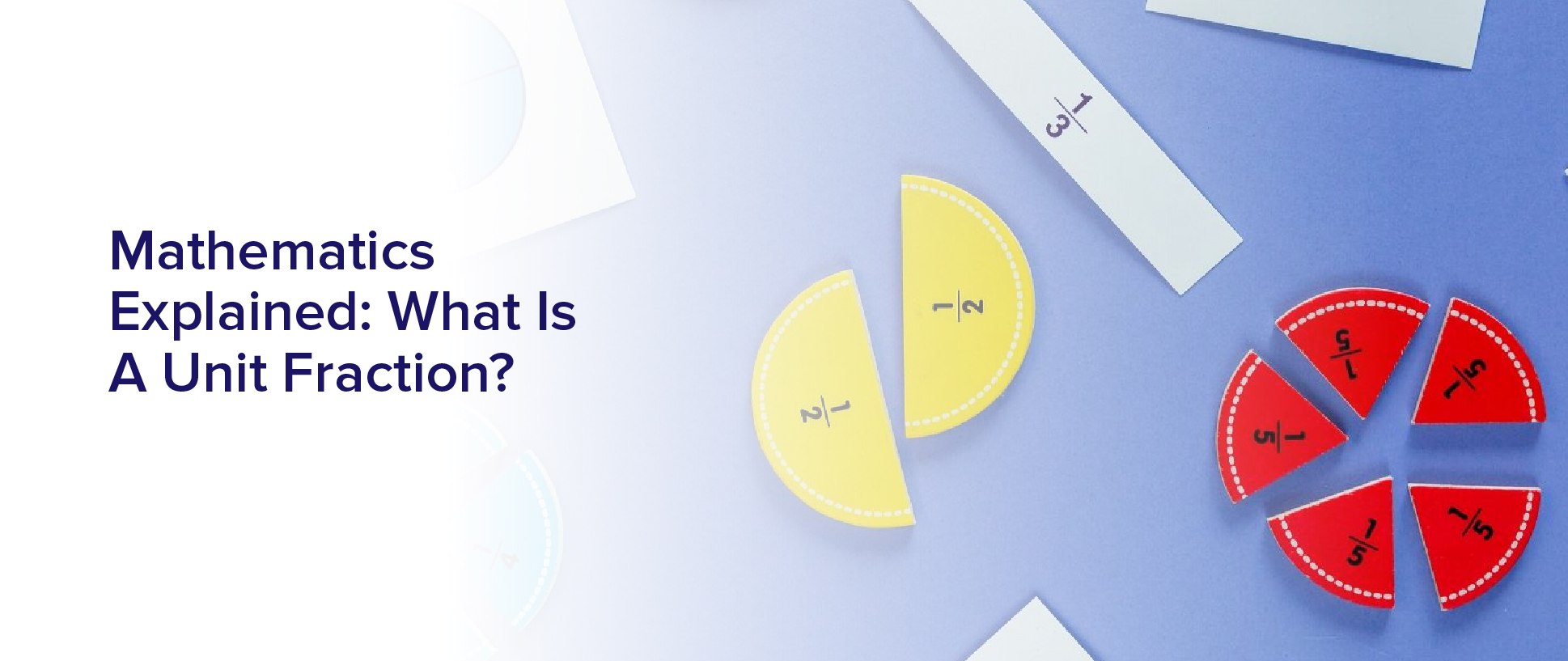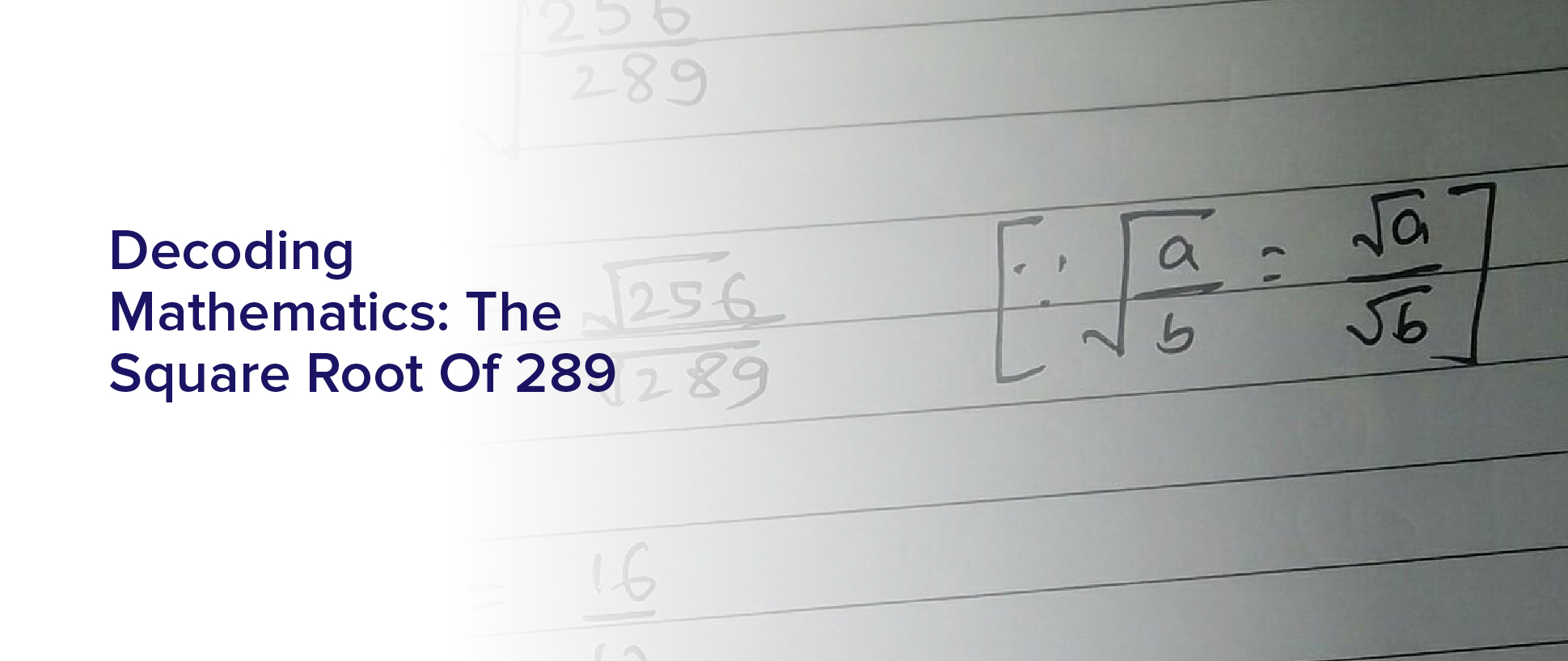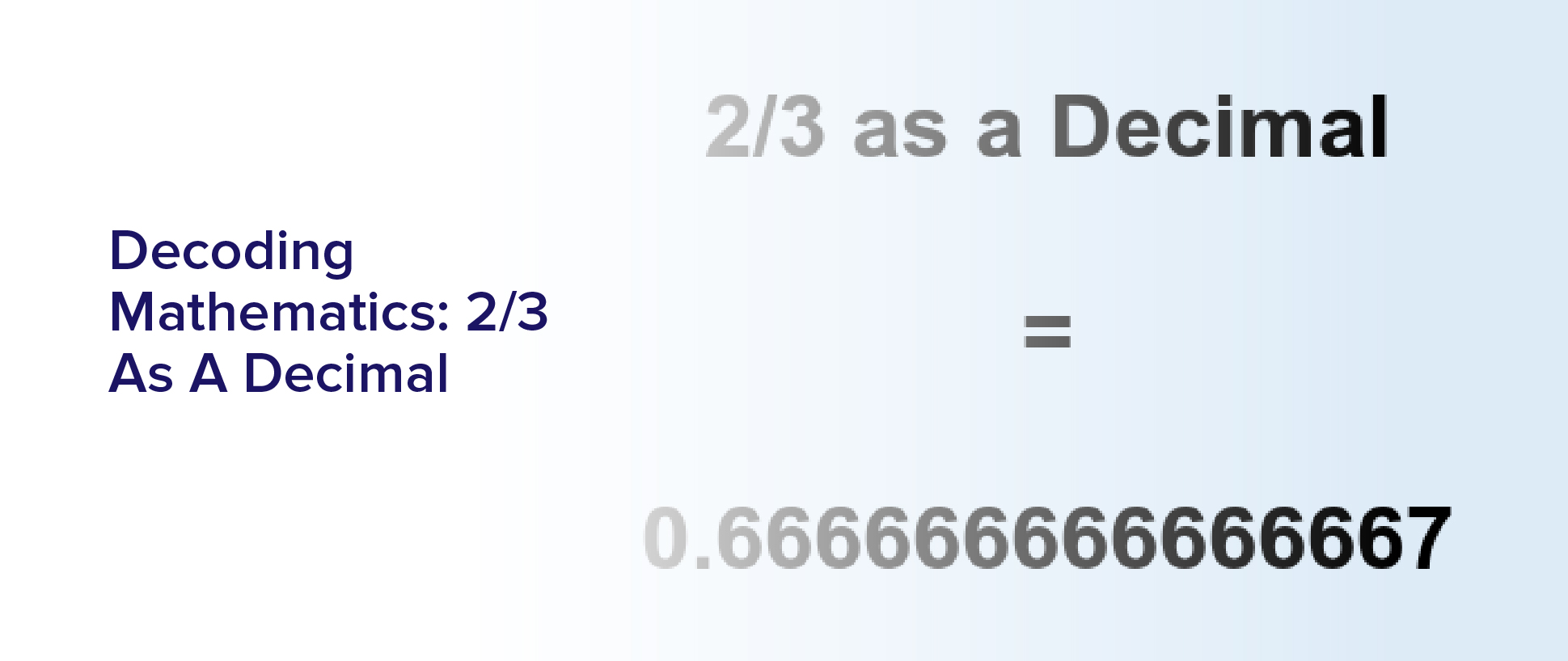Are you familiar with the concept of unit rates in mathematics? If not, don’t worry – you’re not alone. Many people struggle with understanding what unit rates are and how they’re used in real-world situations. But fear not, because in this article, we’ll explain everything you need to know about unit rates.
Firstly, it’s important to understand the basics of ratios and proportions, as unit rates are closely related to these concepts. Ratios compare two quantities, while proportions compare two ratios.
Unit rates, on the other hand, compare the value of one quantity to one unit of another quantity. Think of it as the rate per one unit. Understanding this concept is essential for solving problems related to rates of change, such as speed, distance, and time.
So, let’s dive in and explore the world of unit rates!
Understanding Ratios and Proportions
You’re gonna love understanding ratios and proportions because they’ll help you make sense of real-world situations, like figuring out how much gas you need for a road trip or how many ingredients to use in a recipe!
Ratios compare two quantities, like the ratio of apples to oranges in a fruit bowl.
Proportions are two ratios that are equal to each other, like the proportion of apples to total fruit in a fruit bowl.
Understanding ratios and proportions can help you solve problems involving rates, such as how fast you’re driving or how much you’re spending per unit of time.
For example, if you know the ratio of miles to gallons in your car, you can use that information to figure out how far you can go on a full tank of gas.
Ratios and proportions are also used in cooking and baking, where precise measurements are crucial to achieving the desired result.
So, next time you’re faced with a real-world problem, remember that understanding ratios and proportions can help you find the solution!
Defining Unit Rates
Understanding how much of something is used or produced per unit of time or measurement is key to calculating and comparing unit rates.
A unit rate is a ratio between two different quantities, with one of them being equal to one. For example, if you have a recipe that requires 2 cups of flour and makes 12 cookies, the unit rate would be ⅙ cup of flour per cookie.
Unit rates can be used in many different situations, from cooking to construction to finance. They help us compare the cost or efficiency of different options and can be used to make informed decisions.
For example, if you are comparing the cost of two different brands of cereal, you can use the unit rate to determine which one is more cost-effective. While unit rates may seem simple, they are an important part of understanding and using mathematics in everyday life.
Examples of Unit Rates in Daily Life
Examples of unit rates can be found in various aspects of our lives, showing us the importance of comparing and analyzing quantities to make informed decisions.
For instance, when you go grocery shopping, you check the unit price of the products to find the best deal. The unit price represents the cost of a single unit of a product, such as per ounce or per pound, allowing you to compare different brands and sizes and choose the most cost-effective option.
Another example of unit rates in daily life is calculating the miles per gallon (MPG) of your car. MPG is a unit rate that measures the number of miles traveled per gallon of gasoline used. By knowing your car’s MPG, you can estimate the cost of fuel for a specific distance and compare the fuel efficiency of different cars when buying a new one.
Understanding and using unit rates can save you money and help you make better choices in your daily life.
Calculating Unit Rates
Calculating unit rates is crucial for making informed decisions about quantities and costs in our daily lives. To calculate a unit rate, you need to divide the quantity of one item by its corresponding cost or time.
For example, if you buy 5 bottles of water for $10, the unit rate would be $2 per bottle. This means that for every $2 you spend, you get one bottle of water.
Unit rates can also be used to compare prices of different items. For instance, if you want to buy a bag of apples and a bag of oranges, you can calculate the unit rate of each item to determine which one is a better deal.
If the bag of apples costs $5 for 10 apples, and the bag of oranges costs $4 for 8 oranges, the unit rate for apples would be 50 cents per apple, while the unit rate for oranges would be 50 cents per orange. In this case, the unit rates are the same, so you can choose whichever fruit you prefer.
Converting Units for Unit Rates
Don’t get confused when converting units for unit rates – it’s easier than you think! Sometimes, the units given in a word problem are not the same as the units required for the unit rate.
For example, if a car travels 80 miles in 2 hours, the unit rate is 40 miles per hour. However, if the word problem asks for the unit rate in feet per second, you’ll need to convert the miles per hour to feet per second.
To convert units for unit rates, you need to use conversion factors. A conversion factor is a ratio that’s equal to 1 and can be used to change one unit to another.
For example, if you want to convert miles per hour to feet per second, you’d use the conversion factor 1 mile = 5280 feet and 1 hour = 3600 seconds. By multiplying the unit rate of 40 miles per hour by these conversion factors, you can cancel out the miles and hours and end up with the unit rate in feet per second.
Applications of Unit Rates in Mathematics
You’ll be amazed at how often you use unit rates in everyday life! For example, when you go grocery shopping, you may notice that the price of an item is given per pound or per ounce. This is a unit rate, which allows you to compare the prices of different items based on the same unit of measurement. By knowing the unit rate, you can determine which item is the better value for your money.
Another application of unit rates is in calculating speed. For instance, if you know the distance traveled and the time taken, you can find the speed of an object in miles per hour or kilometers per hour. This is important in many fields, such as transportation, sports, and physics.
By using unit rates, you can make accurate calculations and comparisons, which are essential in making informed decisions. So, next time you encounter a unit rate, remember that it’s not just a math concept, but a practical tool for everyday life.
Practicing with Unit Rate Problems
Hey, wanna practice solving problems that involve figuring out how much something costs per unit? Well, you’re in luck!
Solving unit rate problems is all about finding the cost of a single item or unit of measurement. For example, if you want to find the cost per pound of apples at the grocery store, you’ll need to divide the total cost of the apples by the number of pounds. This will give you the cost per pound, or the unit rate.
One helpful tip when solving unit rate problems is to make sure you’re comparing the same units. For instance, if you’re trying to find the cost per ounce of cereal, you’ll need to make sure that both the cost and the weight are in ounces.
This will ensure that your answer is accurate and easy to understand. So, grab a calculator and start practicing those unit rate problems!
Frequently Asked Questions
How do unit rates differ from other types of rates?
When it comes to rates, unit rates are different from other types in that they provide a comparison of one unit of a quantity to one unit of another quantity. This means that the denominator of a unit rate is always 1, making it easier to compare different situations.
Other types of rates may have different denominators, making it more difficult to compare them directly. Unit rates are useful in a variety of situations, from calculating prices per unit to determining how fast someone is traveling per hour.
By using unit rates, you can quickly and easily compare different scenarios and make informed decisions.
Can unit rates be negative?
Yes, unit rates can be negative. A unit rate is simply a comparison of two different quantities using the same unit.
It doesn’t matter whether the quantities being compared are positive or negative. For example, if you’re measuring the speed of a car and it’s traveling backwards, the unit rate would be negative because the distance is decreasing over time.
Negative unit rates can also be used in situations where you’re measuring a decrease in something, like the amount of money spent or the number of items sold. So, in short, unit rates can definitely be negative, and it’s important to take this into account when doing any calculations involving them.
How do you find the unit rate of a complex measurement like speed or acceleration?
To find the unit rate of a complex measurement like speed or acceleration, you need to first identify the units of measurement for each variable involved.
For example, in the case of speed, you would have distance (in miles, for instance) and time (in hours). To find the unit rate of speed, you would divide the distance by the time. The resulting unit rate would be in miles per hour.
Similarly, in the case of acceleration, you would have change in velocity (in meters per second) and time (in seconds). Dividing the change in velocity by the time would give you the unit rate of acceleration in meters per second squared.
It’s important to remember to always divide the variable with the units you’re interested in by the variable with the corresponding units.
How can you use unit rates to compare the cost of different products or services?
If you want to compare the cost of different products or services, using unit rates can be a helpful way to do so. To get the unit rate, you divide the cost by the quantity of the product or service. This gives you the cost per unit.
For example, if you want to compare the cost of two different brands of cereal, you can find the unit rate by dividing the cost of each box by the weight of the cereal inside. This will give you the cost per ounce or per gram. Then, you can compare the two unit rates to see which brand is more cost-effective.
Using unit rates can also be helpful when comparing different package sizes or quantities of the same product.
How do you know if a given ratio can be simplified to a unit rate?
To know if a given ratio can be simplified to a unit rate, you need to consider the units of measurement involved. A unit rate is a ratio with a denominator of 1 unit of measurement, like miles per hour or dollars per pound.
If the ratio has different units of measurement in the numerator and denominator, it cannot be simplified to a unit rate. However, if the units of measurement are the same, you can simplify the ratio to a unit rate by dividing the numerator and denominator by the same number to get a denominator of 1 unit of measurement.
Once you have a unit rate, you can use it to compare the cost of different products or services or make other calculations.
Conclusion
So, now you’ve got a good understanding of what a unit rate is and how to calculate it. You’ve learned that a unit rate is a comparison of two measurements in which one of the quantities is always one.
You’ve also seen several examples of how unit rates are used in daily life, such as calculating miles per gallon or cost per unit.
In mathematics, unit rates are essential for solving real-world problems involving ratios and proportions. By using unit rates, you can easily compare different quantities and make informed decisions based on the information you have.
So, next time you encounter a problem that involves ratios or proportions, remember to use unit rates to help you find the solution.Discover the secrets of unit rates in mathematics and improve your understanding of ratios and proportions. Learn more now!




